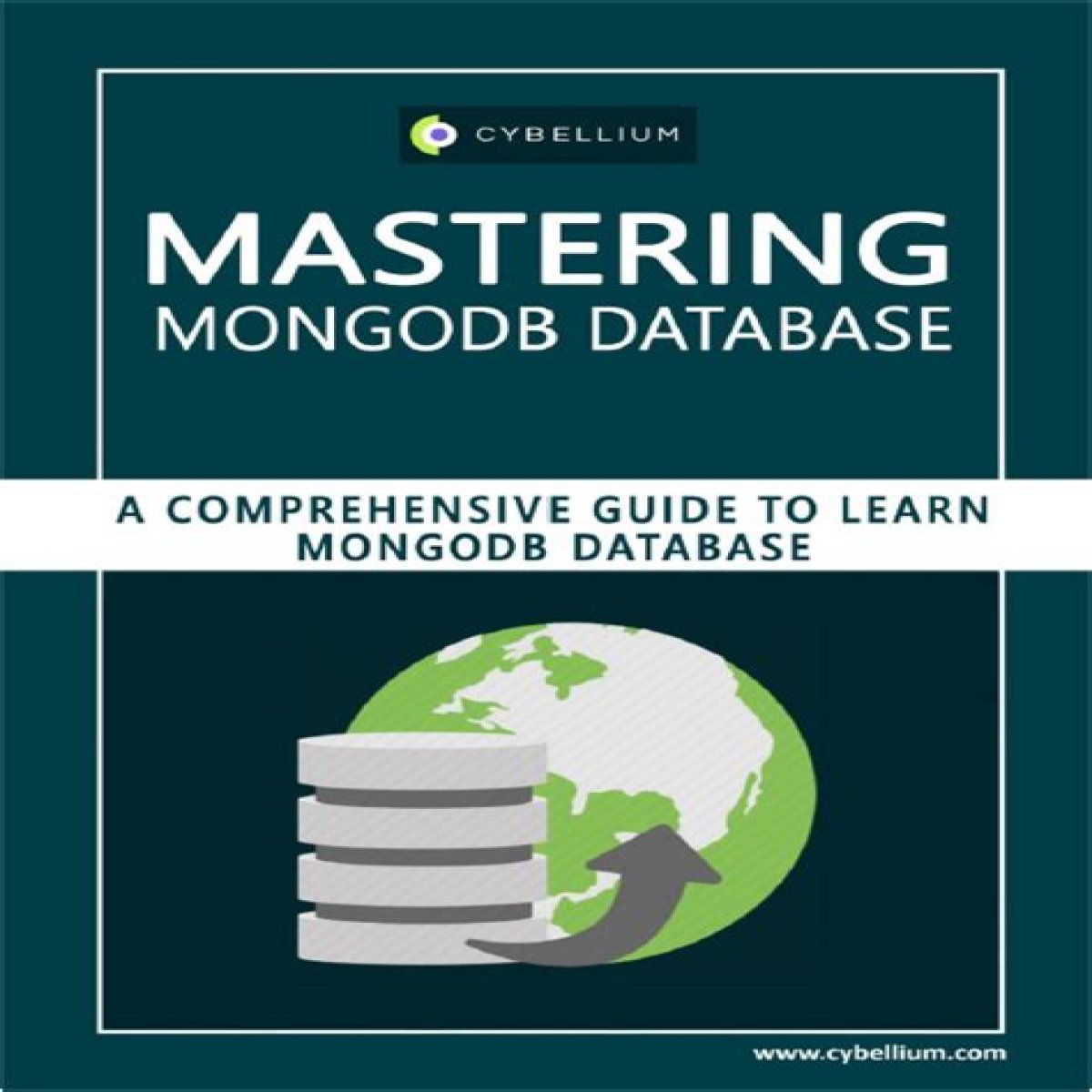What is a MongoDB Collection?
A MongoDB collection is a group of documents that share a common schema or structure. Collections are stored in databases, and each database can have multiple collections. Documents within a collection can vary in size and complexity, and they can contain any type of data, including text, numbers, arrays, and embedded documents.
Collections are a fundamental part of MongoDB's data model, and they provide a flexible and scalable way to store and organize data. MongoDB collections are often used to store data for applications such as e-commerce, social networking, and content management.
Here are some of the benefits of using MongoDB collections:
- Flexibility: Collections can be easily created, modified, and deleted to meet the changing needs of an application.
- Scalability: Collections can be scaled to store large amounts of data, and they can be easily distributed across multiple servers to improve performance.
- Performance: Collections are optimized for fast data retrieval, and they support a variety of query operations to make it easy to find the data you need.
If you are looking for a flexible, scalable, and performant way to store data, then MongoDB collections are a great option.
Key Aspects of MongoDB Collections
There are several key aspects to consider when working with MongoDB collections:
- Schema Design: The schema of a collection defines the structure of the documents that it contains. It is important to design a schema that is flexible enough to meet the needs of your application, but also specific enough to ensure data integrity.
- Indexing: Indexes can be created on fields within a collection to improve query performance. Indexes can be used to speed up queries that search for data based on specific criteria.
- Aggregation: Aggregation operations can be used to group and summarize data in a collection. Aggregation operations can be used to create reports, analyze data, and perform other complex data operations.
Conclusion
MongoDB collections are a powerful and flexible tool for storing and organizing data. By understanding the key aspects of collections, you can use them to create applications that are efficient, scalable, and performant.
Frequently Asked Questions about MongoDB Collections
MongoDB collections are a core concept in MongoDB, and they offer a number of advantages over traditional relational databases. However, there are also some common questions and misconceptions about collections that can be addressed.
Question 1: What is the difference between a collection and a table in a relational database?
Collections in MongoDB are similar to tables in relational databases in that they store data in a structured format. However, there are some key differences between the two. Collections do not have a fixed schema, meaning that the structure of the documents within a collection can vary. This makes collections more flexible and scalable than tables, as they can easily accommodate changes to the data model.
Question 2: How do I create a collection in MongoDB?
Creating a collection in MongoDB is simple. You can use the createCollection() method to create a new collection, or you can simply insert a document into a non-existent collection. MongoDB will automatically create the collection if it does not already exist.
Summary of key takeaways or final thought.
Conclusion
MongoDB collections are a powerful and flexible way to store and organize data. They offer a number of advantages over traditional relational databases, including flexibility, scalability, and performance. By understanding the key aspects of collections, you can use them to create applications that are efficient, scalable, and performant.
As the volume and complexity of data continues to grow, MongoDB collections will become increasingly important for storing and managing data. MongoDB's flexible schema and powerful aggregation capabilities make it an ideal choice for applications that need to handle large amounts of data and perform complex queries.
Hydrogen Peroxide: A Septic System Savior?Unraveling The Chromosomal Blueprint: Uncovering The Number Of Chromosomes In A Human Body CellComprehensive Guide To Understanding The Significance Of 37.6
MongoDB Database, Collection, and Document
Introduction To MongoDB and Concepts. Digital Varys
